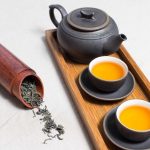Best green tea is not just a beverage; it is a cultural phenomenon that has captured the hearts of tea enthusiasts globally. With its bright hues, grassy aroma, and numerous health benefits, green tea stands out among other varieties. As more people become aware of the advantages of green tea, its popularity continues to grow. In this comprehensive guide, we will explore the origins of green tea, its different types, health benefits, preparation methods, and even delve into comparisons with other tea types.
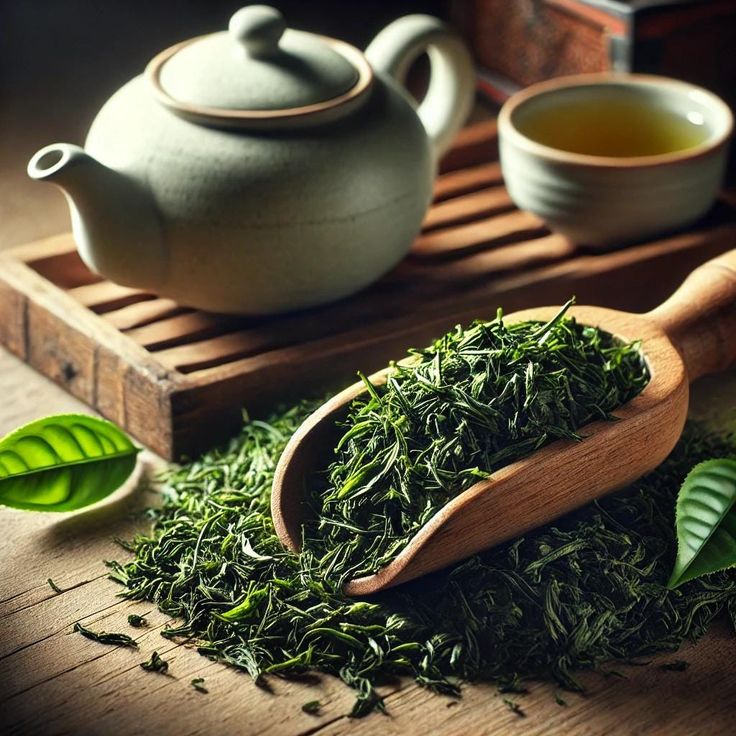
The Origins of Green Tea
Historical Background
Green tea has its roots deeply embedded in ancient Chinese cultures, with historical records suggesting its consumption dating back to 2737 BCE. The legendary Emperor Shen Nong is often credited with discovering tea when leaves from a wild tea tree accidentally fell into his boiling water. While green tea originated in China, it quickly spread throughout Asia and eventually to other parts of the world.
During the Tang Dynasty (618–907 CE), tea drinking began to evolve into a cultural practice. Later, by the Song Dynasty (960–1279 CE), tea became a part of daily life among the population. Traveling monks and scholars brought knowledge of tea back to their homelands, influencing how people consumed and appreciated it.
Green Tea Production
The tea plant, Camellia sinensis, is the source of all true teas, including black, oolong, and green.
Producers make green tea from freshly plucked leaves that undergo minimal oxidation during processing. They typically steam or pan-fire the leaves to halt the oxidation process, which helps retain their vibrant green color and fresh flavor.
Countries such as China, Japan, and India are renowned for their green tea production, each contributing unique characteristics based on local climates and cultivation methods.
Types of Green Tea
Green tea comes in various types, each with distinct flavors, aromas, and production techniques. Here are some of the most popular varieties:
1. Sencha Tea
Tea enthusiasts widely consume sencha as the most popular type of green tea in Japan. Producers make it from steamed tea leaves, which give it a bright green color and a refreshing, slightly grassy flavor. People often enjoy sencha tea hot, but they can also serve it iced during warmer months.
The brewing process retains a good balance of umami notes and natural sweetness, making it ideal for both casual and formal tea drinking.
2. Matcha Tea
Matcha is a powdered Chinese tea made from specially grown tea leaves that are shaded before harvest. This shading process increases the chlorophyll content, contributing to matcha’s vibrant green color and concentrated flavor.
Matcha is famous for its health benefits, as you consume the whole leaf in powdered form, providing more antioxidants compared to steeped tea. It has a creamy texture and a distinct flavor profile, ranging from sweet to slightly bitter, depending on its quality.
3. Longjing (Dragon Well) Tea
Longjing tea is one of China’s most famous Chinese teas, originating from Hangzhou in Zhejiang province. It is renowned for its flat, jade-green leaves and the distinctive toasty, nutty flavor.
Longjing is hand-pan fried, ensuring minimal oxidation and a unique aroma. The brewing process emphasizes the tea’s rich flavors and sweet aftertaste.
4. Gyokuro Tea
Gyokuro is a high-quality Japanese green tea that undergoes a unique shading process, similar to that of matcha. It is hand-picked and carefully processed, resulting in sweet, smooth flavors with a deep green color.
Gyokuro is often considered the “jewel of tea” and is usually enjoyed in smaller amounts due to its premium nature and intense flavor.
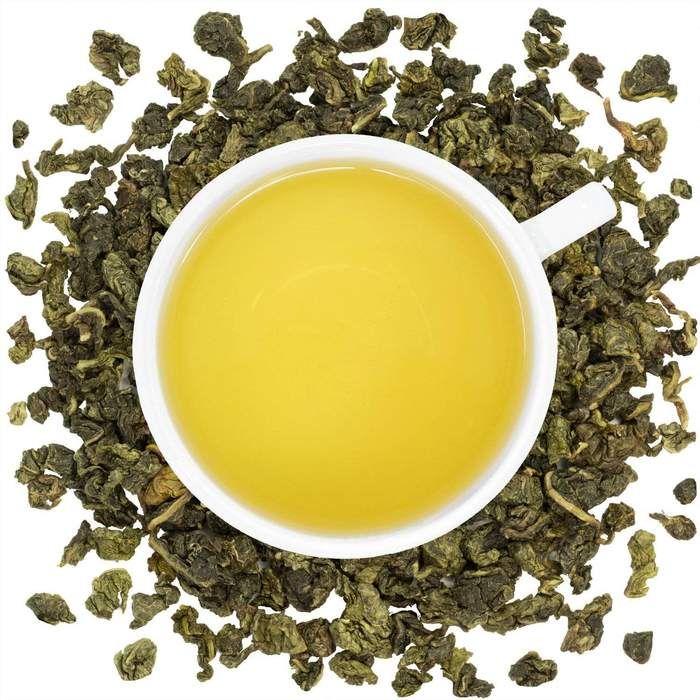
5. Hojicha Tea
Hojicha is a roasted green tea originating from Japan. Its leaves are roasted at high temperatures, producing a brownish appearance and a unique, smoky flavor.
Unlike other green teas, hojicha contains lower caffeine levels, making it an excellent choice for evening consumption.
6. Indian Green Tea
India is primarily known for its black tea, but the production of green tea has been gaining traction in recent years. Regions like Darjeeling and Assam produce various types of Indian green tea, characterized by their distinct flavors.
Darjeeling green tea typically exhibits floral notes and a light taste, while Assam green tea is known for its robust and malty flavor. Indian green teas provide unique alternatives to traditional Chinese and Japanese varieties.
Health Benefits of Green Tea
People celebrate green tea not just for its taste but also for its numerous health benefits, which research has supported:
1. Rich in Antioxidants
Chinese tea contains a high concentration of antioxidants, particularly catechins, which play a significant role in combating free radicals that cause oxidative stress in the body. These antioxidants can contribute to overall health and may reduce the risk of chronic diseases.
2. Supports Heart Health
Research indicates that regular consumption of Chinese tea can improve cardiovascular health. It may contribute to lower cholesterol levels and improved blood circulation, reducing the risk of heart disease.
3. Aids Weight Loss
Green tea has been linked to weight management due to its metabolism-boosting properties. The combination of caffeine and catechins helps increase fat oxidation, especially during exercise. Drinking green tea may help support a healthy weight when combined with a balanced diet.
4. Promotes Mental Clarity
The caffeine content in green tea can aid in promoting alertness and cognitive function. In combination with L-theanine, an amino acid found in tea, green tea can enhance mood and focus without causing the jittery effects often associated with coffee.
5. Boosts Immune System
Certain compounds in green tea exhibit antimicrobial properties, supporting the immune system in fighting infections. The antioxidants present in green tea may also help reduce inflammation.
6. Promotes Healthy Skin
The anti-inflammatory properties of green tea can benefit skin health. Topical applications of green tea extracts can help soothe irritated skin and reduce acne. Additionally, the antioxidants may provide protection against UV radiation.

Brewing the Best Green Tea
Temperature and Time
Brewing green tea requires attention to temperature and steeping time to ensure optimal flavor and health benefits. Here are some general guidelines:
- Sencha Tea: Use water heated to about 160°F to 180°F (70°C to 80°C). Steep for 1 to 3 minutes.
- Matcha Tea: Use water heated to about 175°F (80°C) for whisking with a bamboo whisk. No steeping time is required; just stir until mixed.
- Longjing Tea: Use water heated to about 175°F (80°C). Steep for about 2 to 3 minutes.
- Gyokuro Tea: Use cooler water at around 140°F to 160°F (60°C to 70°C) and steep for 1 to 2 minutes for optimal sweetness.
- Hojicha Tea: Use water at 190°F (90°C) and steep for 30 seconds to 1 minute.
- Indian Green Tea: Similar to other Chinese teas, use water at 170°F to 185°F (77°C to 85°C) and steep for 2 to 3 minutes.
Japanese vs. Chinese Brewing Techniques
Japanese green teas, such as gyokuro and sencha, often employ a cooler brewing technique that draws out sweetness and umami flavors, while Chinese teas may use hotter water to enhance the nuttiness and depth of flavor.
Using Quality Water
The quality of water can significantly affect the taste of your green tea. People recommend using filtered or spring water to enhance the flavor profile and aroma.
Loose Leaf vs. Tea Bags
For the best green tea experience, choose loose-leaf Chinese tea whenever possible. Loose leaves allow for better water circulation and flavor extraction compared to tea bags, which can diminish the quality of the brew.
Exploring Green Tea in Culinary Applications
Green tea is not limited to just a beverage; it can be used in various culinary applications:
1. Tea Infused Dishes
Chinese tea can be used to infuse flavors into various dishes. Consider using brewed sencha or matcha in marinades, dressings, and sauces for a unique twist.
2. Desserts
Matcha is particularly popular in desserts. You can use matcha powder to enhance baked goods, such as cakes, cookies, and ice creams. Matcha cheesecakes, cookies, and lattes are delightful options.
3. Smoothies and Shakes
Adding a scoop of matcha or powdered green tea to your morning smoothie or shake can increase its nutritional value while giving it a vibrant green color.
4. Salad Dressing
Use brewed green tea as a base for homemade salad dressings, combining it with olive oil, vinegar, and herbs for a refreshing dressing that enhances flavors.
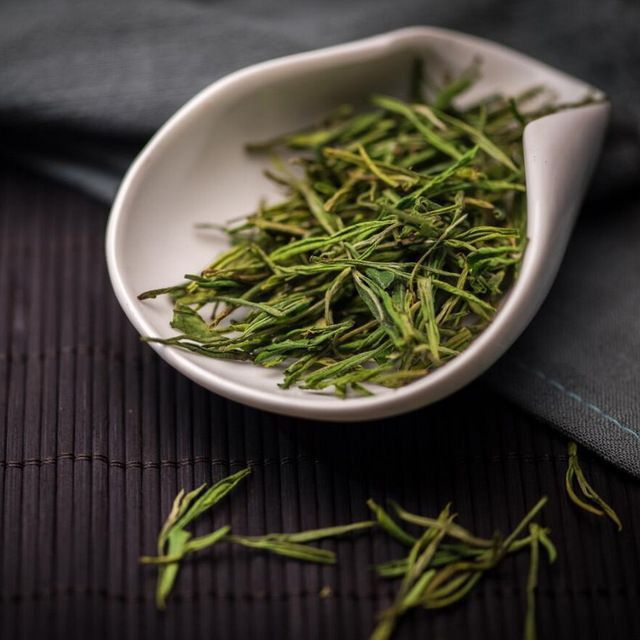
Comparing Chinese Tea with Other Tea Types
1. Green Tea vs. Black Tea
The most significant difference between green tea and black tea lies in the oxidation process. Producers minimally oxidize Chinese tea, which preserves its vibrant color and refreshing flavor, while they fully oxidize black tea, resulting in darker leaves and a stronger flavor profile.
2. Green Tea vs. Oolong Tea
Oolong tea is partially oxidized, falling between green and black tea in taste and appearance. Chinese tea provides a light and fresh flavor, while oolong exhibits a more complex flavor profile that can be floral or fruity, depending on the variety.
3. Green Tea vs. Indian Tea
Indian tea primarily consists of black varieties, such as Assam and Darjeeling, known for their richer and bolder flavors. However, tea producers are increasingly gaining popularity for Indian Chinese tea, which features unique qualities influenced by the regional climate and soil. While both teas offer health benefits, many people recognize green tea for its higher antioxidant content and lighter flavor.
The Cultural Significance of Chinese Tea
1. Tea Ceremonies
In both Chinese and Japanese cultures, tea ceremonies emphasize the artistry and mindfulness that accompany tea preparation and consumption. These ceremonies are rich with symbolism and ritual, offering participants a sense of tranquility and harmony.
2. Symbol of Friendship and Hospitality
Serving green tea to guests represents hospitality and friendship in many cultures. The act of brewing and sharing tea fosters connections and strengthens bonds among friends and family.
3. Modern Popularity
With the rise of health-conscious consumers, Chinese tea’s popularity has surged, leading to a more significant presence in health food stores and cafes. Specialty green tea blends, cold brews, and matcha lattes are becoming common offerings, making Chinese tea accessible to a broader audience.
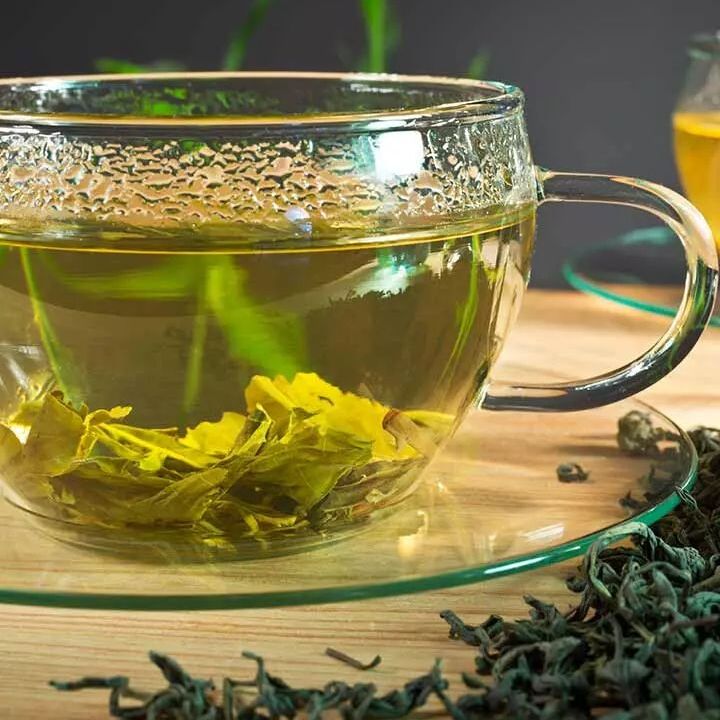
Conclusion: Embracing the Best Green Tea
The best green tea is more than just a drink; it represents a rich history, diverse flavors, and numerous health benefits—it offers a unique culinary experience and an opportunity for connection. Whether you’re new to tea or a seasoned enthusiast, exploring the many varieties and brewing methods of Chinese tea can enhance your tea-drinking experience.
Make it a point to try different types of Chinese tea, from the refreshing sencha to the luxurious matcha. Experiment with culinary applications to add depth to your meals, or indulge in the art of tea ceremonies to appreciate the cultural significance behind each sip.
As you incorporate Chinese tea into your daily routine, you will enjoy its delightful flavors and realize the potential benefits it brings to your overall health and well-being. Embrace the journey of discovering the world’s best green tea as you explore its rich history and unveil its many wonders. Cheers to a cup of green tea!
